What to plant in the garden after garlic and onions in the summer in July-August
Incorrect crop rotation, when the alternation of vegetable crops is not observed in one place for a long time, causes a lot of harm to soil fertility, plant productivity and a lot of benefits to the increased accumulation and development of similar diseases and pests. To minimize its negative consequences, one should focus on a variety of types of vegetable crops that heal the soil, and at the same time saturate it with the necessary nutrients, and also, which is very significant, suppress the vital activity of insect pests and pathogenic bacteria and fungi.
Many summer residents who like to grow garlic and onions in their garden plot, after collecting useful vegetables, wonder what to plant after them on the freed bed so that it is not empty, does not overgrow with weeds, but is ennobled and besides gave a new crop. say, pumpkin, cabbage, nightshade, legumes, and even strawberries if desired. All this will be discussed in our article.
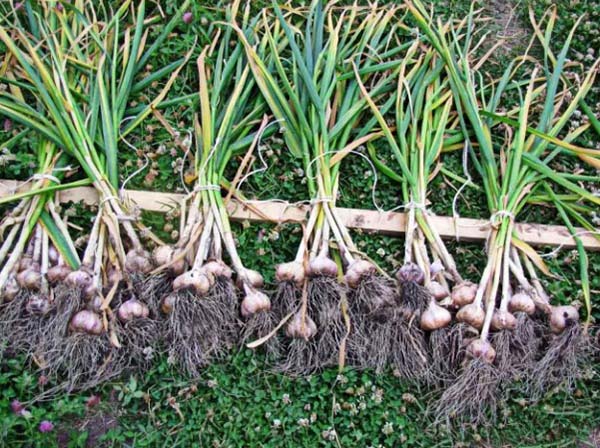
Content
What can you plant after garlic and onions this season (July-August)
After harvesting the garlic or onion, you can plant a lot of crops, but your choice will largely depend on the climatic characteristics of your place of residence, because the next vegetable or greens must have time to ripen, in other words, the length of their growing season is important. These crops, for example, should prefer shorter daylight hours and also tolerate cooler conditions and early frosts well. Of course, you shouldn't forget about the rules of crop rotation.
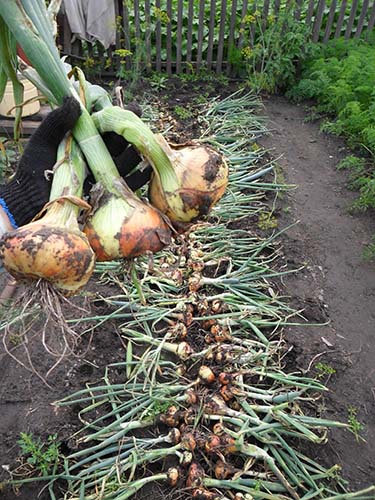
Vegetables and greens
Cucumbers
It is believed that after harvesting the garlic, it is best to sow cucumbers in its place. But in this case, you should definitely take early maturing varieties. And do not forget that cucumbers love the sun, so if your cold snap starts early (you do not live in the south), then later you will have to put arcs and cover the plantings with agrofiber or film to maintain the required temperature.
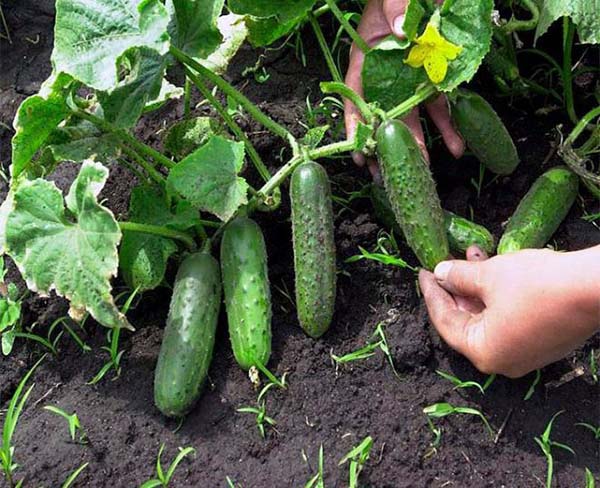
Video: sowing cucumbers after harvesting garlic
In general, sowing cucumbers in July is a fairly common practice. Many summer residents grow green cucumbers with great success on the site of the former garlic or onion beds.
Video: planting cucumbers in July
Radish and radish
In certain regions, summer residents manage to grow on a garlic or onion garden regular radish, but in this case it is better to wait until August, so that the length of daylight hours will decrease even more, and the radish will definitely not go into the arrow.
Advice! For planting, a variety such as "French breakfast" is ideal.
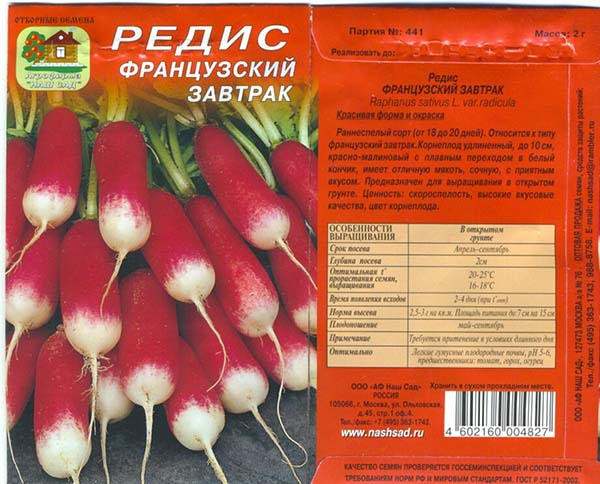
But already in July you can sow black radish or Margelan (green), and daikon (remember that this plant is thermophilic, you should not wait until August). These vegetable crops are sown exactly at this time - in the middle or in the second half of summer.
By the way! When and how to plant correctly radish in open ground is described in detail here.
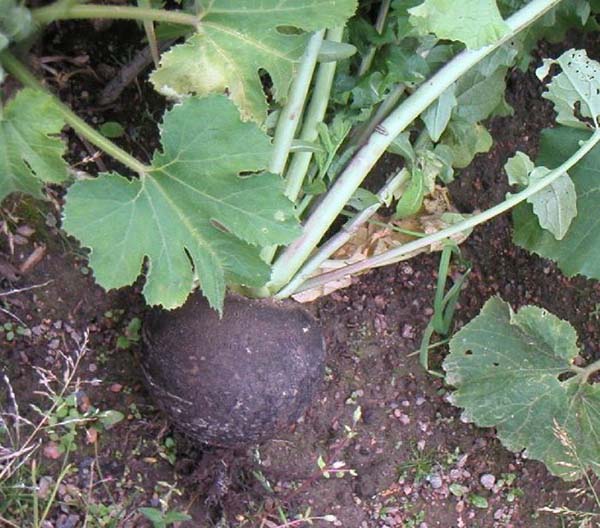
Video: what can be sown in August after harvesting onions and garlic
Legumes: beans and peas
Some gardeners plant beans after garlic, but they may not have time to ripen, and its benefits for the soil are not as high as in siderates.
Important! Details on how to grow beans, in this article.
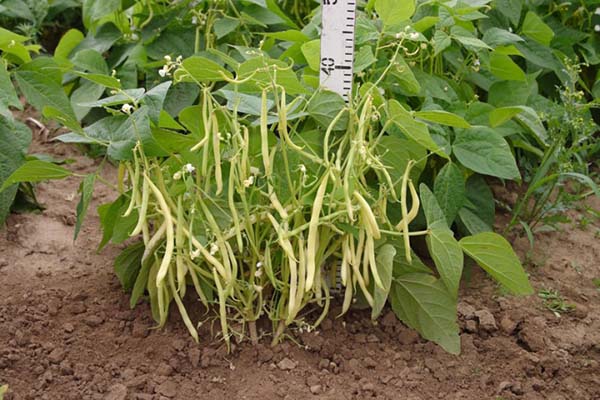
It calms down the fact that it is much easier to sow peas from legumes on a former garlic or onion bed, which have time to ripen perfectly.
Note! Plant and grow peas will help you this material.
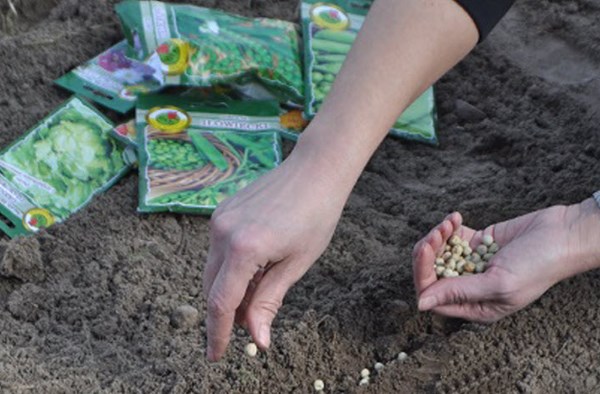
Greens
It is very good to sow various spicy herbs after such root vegetables, such as onions, for example, parsley, dill, spinach, lettuce, cilantro or arugula.
Interesting! There is an old principle"Tops after roots"which fits perfectly here.
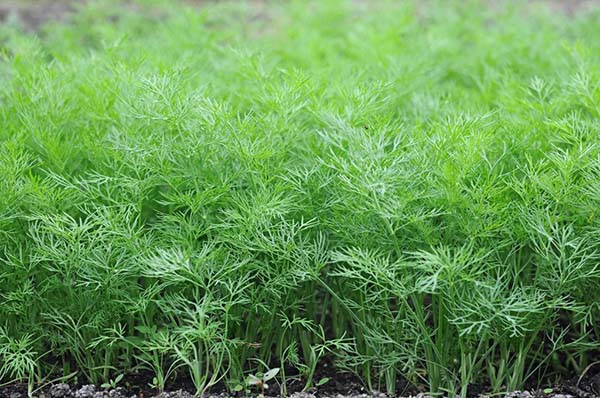
Chinese cabbage
Summer residents who especially value space even manage to plant seedlings and grow cold-loving Peking cabbage.

Siderata
To improve the fertility of the soil in the vacant place after harvesting garlic, it is best to sow siderates, eg, white mustard, vetch or phacelia... They will just have time to build up the green mass, and do not forget that this is the best organic fertilizer for your garden.

Moreover, by sowing mustard, you can thus prepare (fertilize) the garden for autumn planting strawberries.
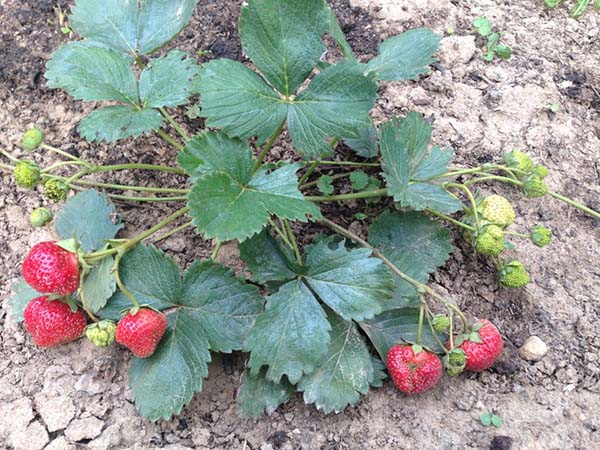
Note! On our website you can find instructions and tips for planting strawberries in the fall.
Video: what to sow in late July and early August
What to plant in the beds where garlic and onions grew next year
In addition to the vegetables and herbs already listed, as well as siderates, next season, according to the rules of crop rotation, it would be reasonable to plant in place of a garlic or onion garden:
- potatoes;
- cabbage;
- zucchini and pumpkin;
- strawberries (can be planted in autumn after white mustard);
- physalis;
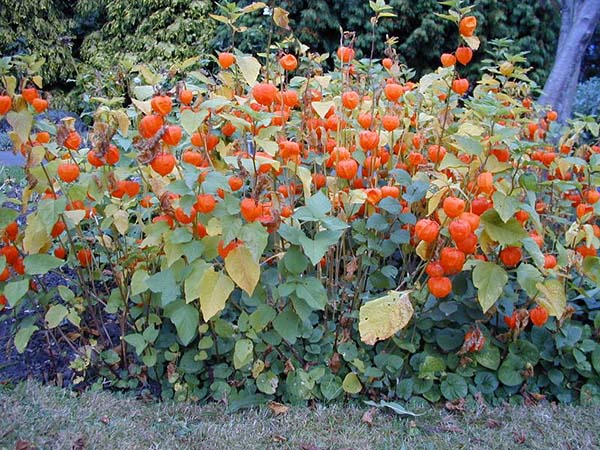
- bell pepper;
- tomatoes.
By the way! Although, if you have time to harvest onions and garlic back in June (if you live in the south or it has warmed up early this year), and you still have seedlings, you can plant them in their place peppers and tomatoes.

Advice! If the garden bed ultimately remains empty, then it can be planted in the fall beets and carrots before winter (although planting root vegetables after root vegetables is not a good idea, but it is perfectly acceptable).
What not to sow and plant in a former garlic or onion garden
According to the rules of crop rotation, it is not recommended (but allowed!) To sow and plant in the place where garlic or onions used to grow:
We repeat! After garlic and onion extremely not recommended again plant the same crops in the same garden bed.

If in your summer cottage you carefully and carefully focus on the correct distribution of planting material and at the same time want to increase the fertility of the soil and the yield of your beds in general, listen to our time-tested advice and recommendations and organize the rational planting of various vegetable crops after harvesting an early harvest of garlic and onions.
Video: what must be sown in July and August

